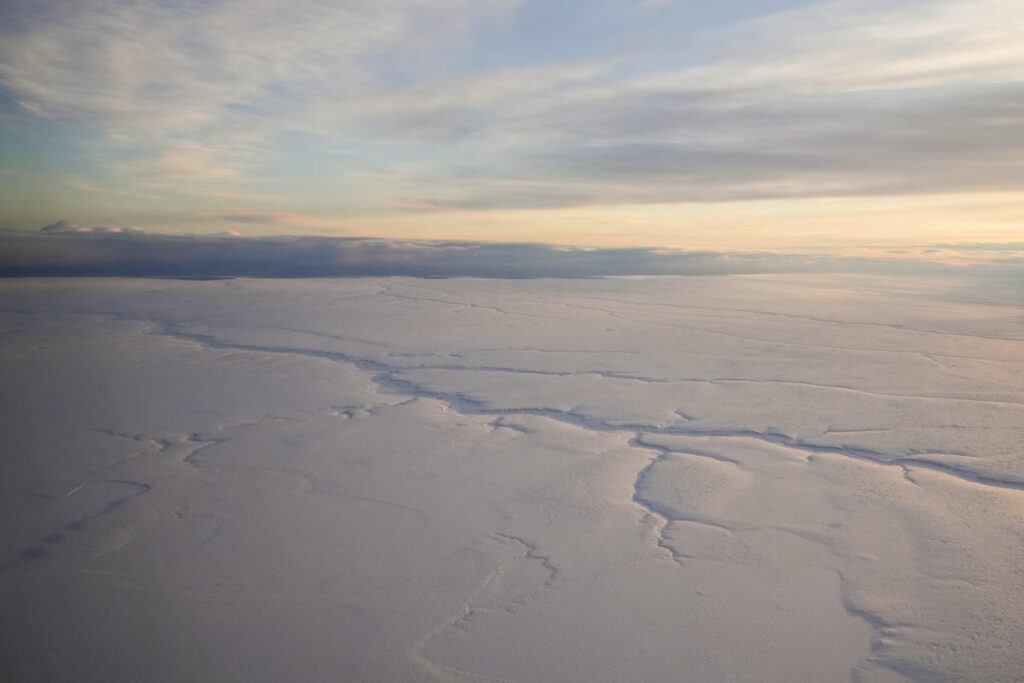The energy landscape in the United States has witnessed heightened discussions surrounding oil drilling, particularly in Alaska, as President-elect Donald Trump has signaled a renewed commitment to expand oil production within the country. This revitalized focus comes at a time when the state is reeling from diminished production levels and perceived obstructions by the Biden administration, which many Alaskan political leaders argue have inhibited economic growth. One hotly debated topic in this discourse is the potential drilling on federal lands in Alaska’s North Slope, especially in the Arctic National Wildlife Refuge (ANWR). This area, historically cherished and long protected by environmental advocates, stands at a crossroads as the debate over its coastal plain becomes increasingly contentious among political factions and local communities.
The Arctic National Wildlife Refuge is vast, covering approximately the size of South Carolina, and features diverse ecosystems that host a plethora of wildlife, including polar bears and caribou. Proponents of oil drilling argue that accessing the estimated 4.25 billion to 11.8 billion barrels of recoverable oil could bolster Alaska’s economy by creating thousands of jobs and generating substantial revenue. Yet, skepticism remains about the viability of such efforts due to litigation risks and insufficient data on the region’s oil reserves. Environmentalists and climate advocates are pushing against fossil fuel reliance, emphasizing the need for a transition to renewable resources to mitigate climate change’s far-reaching impacts. This deadlock reflects broader tensions in U.S. energy policy, weighing economic incentives against environmental sustainability.
Historical attempts to explore oil in the refuge have faced myriad challenges. Past exploratory drills conducted by Alaska Native corporations during the 1980s yielded limited results, with scant public information released since then. The drive to open the refuge for drilling has been persistent, as evidenced by legislative measures added to tax bills mandating oil and gas lease sales, with the first sale occurring at the tail end of the Trump administration. However, subsequent administration actions under President Biden, including the review and cancellation of certain leases, have reignited contention surrounding federal drilling policies, highlighting the perpetual seesaw between conservation interests and economic imperatives in Alaska.
The narrative around drilling in the Arctic National Wildlife Refuge also underscores a significant division within indigenous communities. Leaders of the Iñupiaq community support resource extraction, emphasizing economic benefits and the potential for responsible development to coexist with traditional lifestyles. In stark contrast, Gwich’in officials in nearby communities regard the coastal plain as sacred land crucial for calving caribou populations essential to their subsistence. The divergence of opinion epitomizes the broader struggle between immediate economic needs and the preservation of cultural and environmental integrity, challenging the idea of a singular path forward.
Looking forward, Trump’s election has raised hopes among certain Alaskan leaders for a reinstatement of policies favoring resource extraction. Advocates for oil development believe that Trump’s administration may roll back restrictions placed by Biden on new drilling leases within the National Petroleum Reserve-Alaska. Meanwhile, plans for a natural gas pipeline, long in limbo amidst fluctuating political support and environmental opposition, may find new momentum under Trump’s leadership. The sentiment among some Alaskan lawmakers is that while citizens may carry mixed feelings about Trump, they largely appreciate his pro-development stance, which they view as essential for economic recovery and growth in a state heavily reliant on oil revenues.
Despite these optimistic forecasts, voices from the environmental and indigenous rights movements caution against a return to unfettered oil drilling. Concerns about the long-term sustainability of oil reliance continue to mount, pushing advocates for a “Plan B” that envisions a diversified economy beyond fossil fuels. Legal experts and environmental advocates contend that protecting the ecological integrity of the region is paramount, asserting that alluring short-term economic benefits should not overshadow the need for responsible stewardship of vital resources. This burgeoning conversation surrounding energy policy encapsulates broader national dialogues on economic development, environmental conservation, and the rights of indigenous communities. As debates evolve in the coming months, the outcome will likely shape Alaska’s future trajectory concerning resource management and economic viability.

